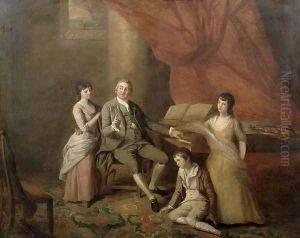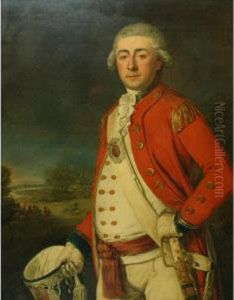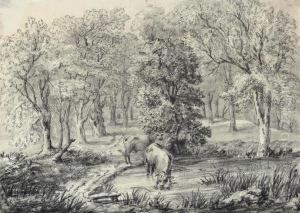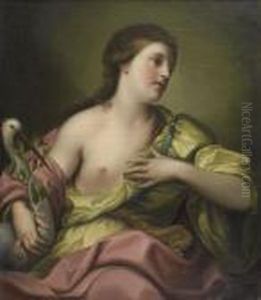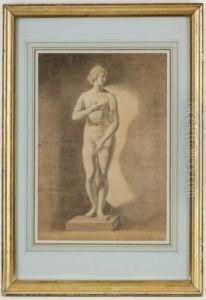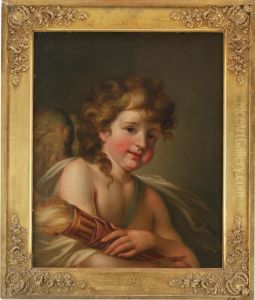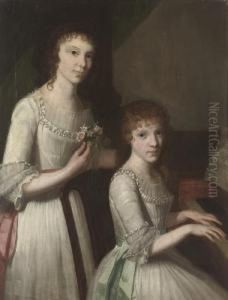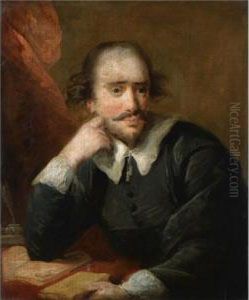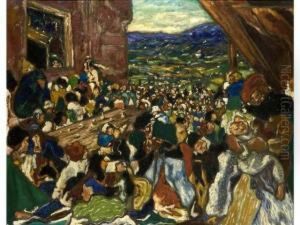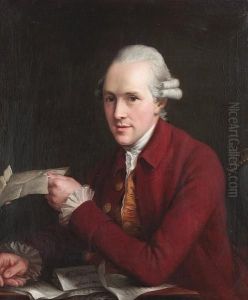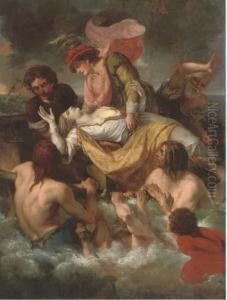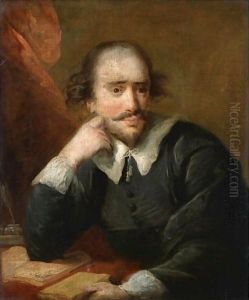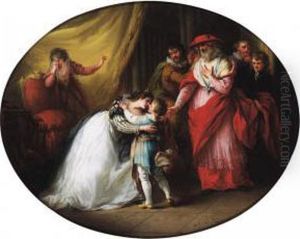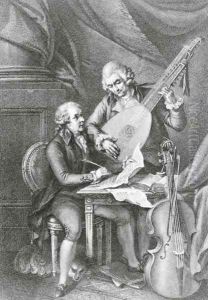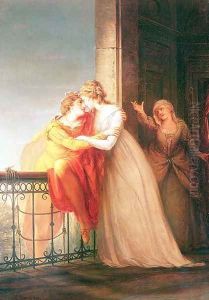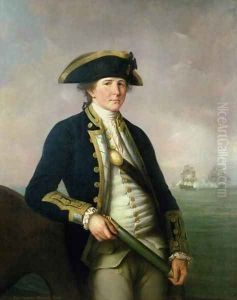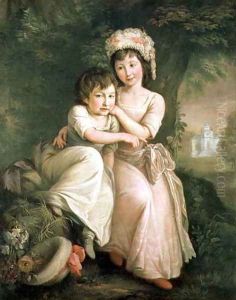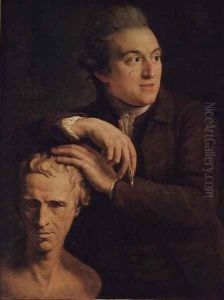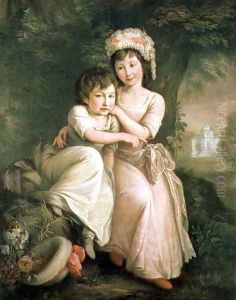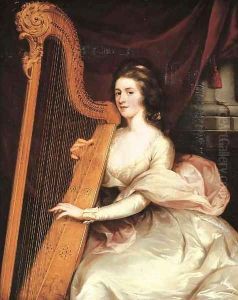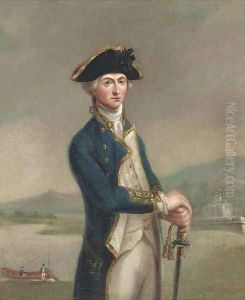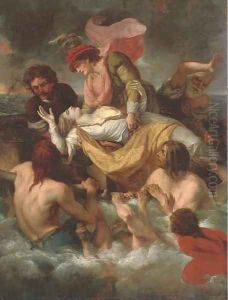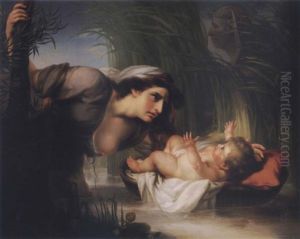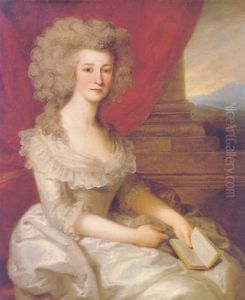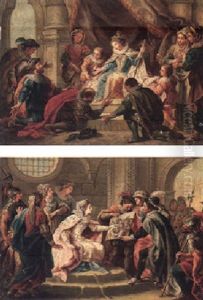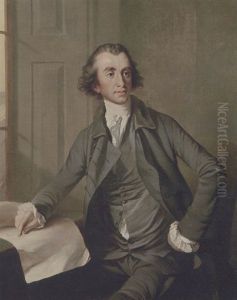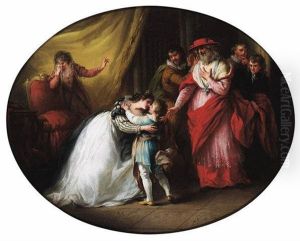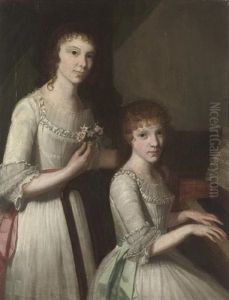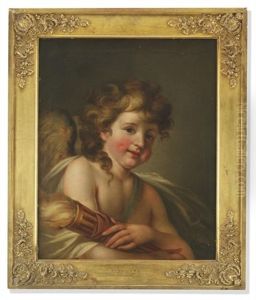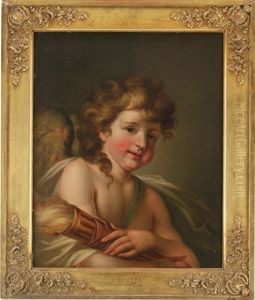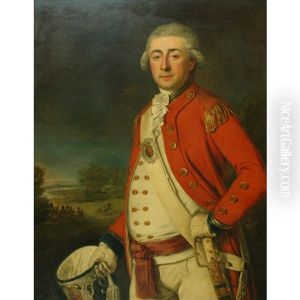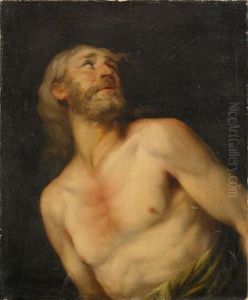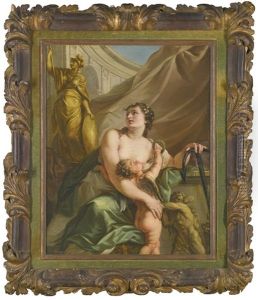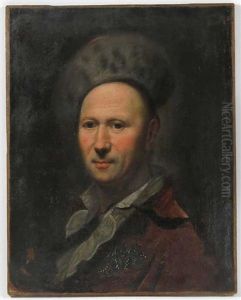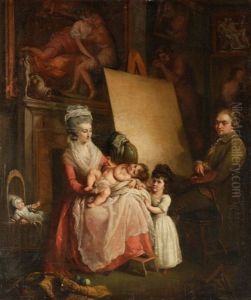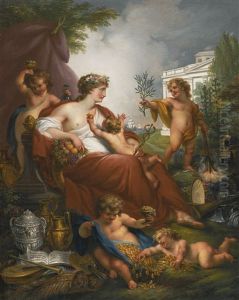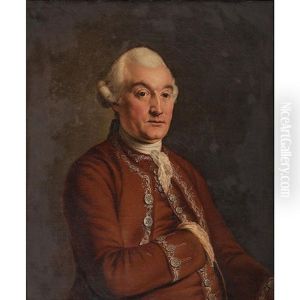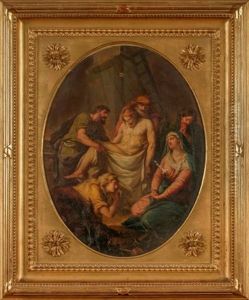John Francis Rigaud Paintings
John Francis Rigaud was a notable painter of historical and literary subjects, born on May 18, 1742, in Turin, which was part of the Kingdom of Sardinia at the time. He was of French descent but spent the majority of his professional life in England. Rigaud received his early artistic training in Italy, where he was influenced by the grandeur and dramatic style of the Italian Baroque. He studied at the Academy of Fine Arts in Florence and the Roman Academy of St Luke, where he honed his skills in drawing and painting.
After completing his studies, Rigaud moved to London in 1771, where he hoped to find patronage and a wider audience for his work. He became associated with the Royal Academy and was elected an Associate member in 1784 and a full Academician in 1793. In London, his work gained recognition, and he received commissions to paint historical scenes and decorate public buildings, such as his work at St. Paul's Cathedral and the Greenwich Hospital.
Rigaud's style was characterized by a dynamic use of color and a strong sense of movement, qualities which made his historical paintings particularly engaging. He was also skilled in portraiture, though his reputation rests more on his larger narrative works. Throughout his career, Rigaud faced competition from other prominent artists of the time, but his unique approach to historical subjects allowed him to maintain a distinguished career.
Despite his success, Rigaud's life was not without difficulties. He struggled with financial instability and the changing tastes of the art world. Nevertheless, his contributions to the Royal Academy and his influence on British historical painting were significant. He continued to exhibit at the Royal Academy until his death on December 6, 1810, in London. His works remain a testament to the cross-cultural artistic exchanges between Britain and continental Europe during the 18th century.
